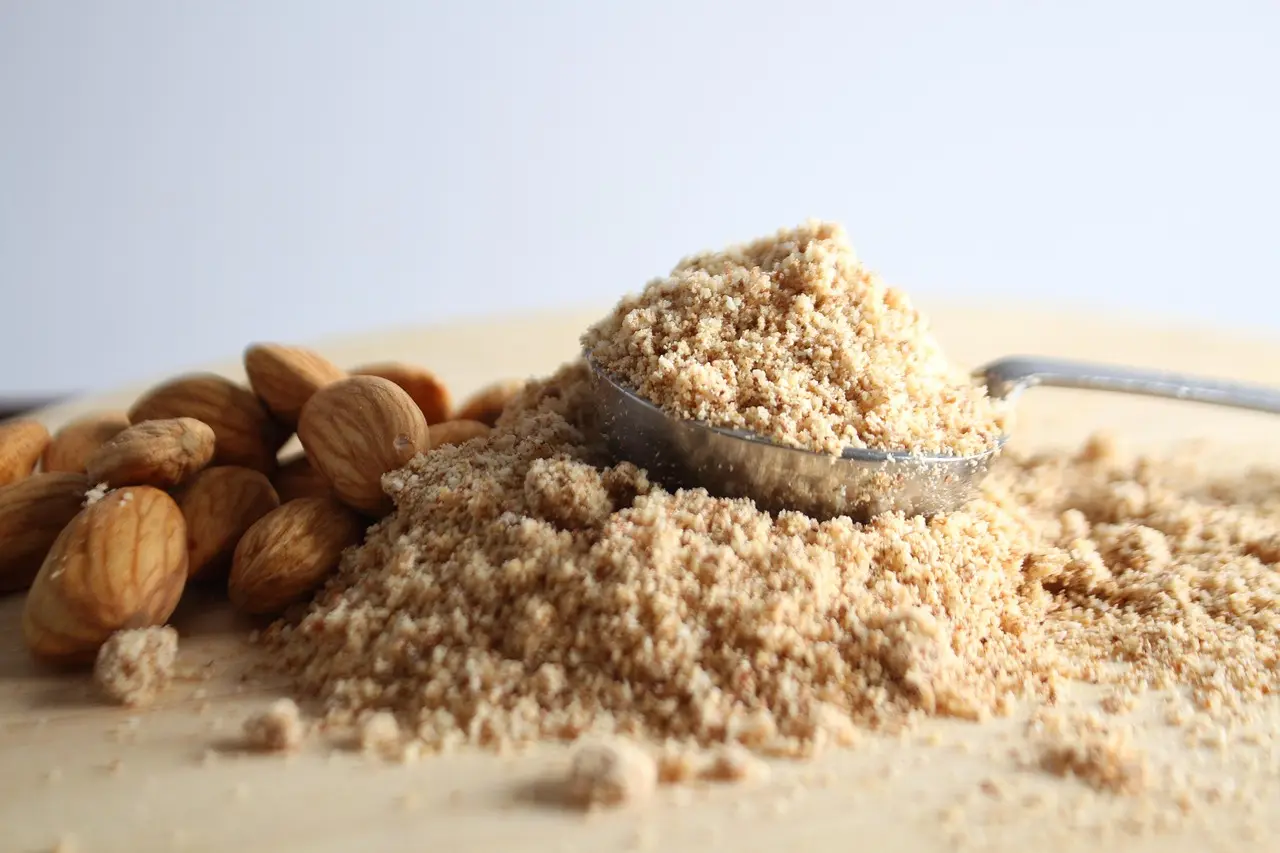Almond flour has surged in popularity, becoming a beloved staple in gluten-free, paleo, and low-carb baking circles. Made from ground almonds, it imparts a wonderfully nutty flavor, a delightfully moist texture, and a nutritional boost of protein, healthy fats, and fiber. However, this versatile ingredient behaves quite differently from traditional wheat-based flours, making accurate measurement and understanding its unique characteristics essential for baking success.
Understanding the Unique Characteristics of Almond Flour
Before you start substituting almond flour into your favorite recipes, it's crucial to grasp its distinct properties:
- Naturally Gluten-Free: Almond flour contains no gluten, the protein network responsible for the structure and elasticity in wheat-based baked goods. This means it often needs to be combined with other gluten-free flours, starches, or binders like xanthan gum or eggs to achieve the desired structure and prevent crumbling.
- High Moisture & Fat Content: Compared to wheat flours, almond flour is significantly higher in natural fats and retains more moisture. This can contribute to exceptionally tender and moist baked goods but can also lead to a denser, heavier result if not properly balanced with other ingredients in a recipe.
- Variable Density and Texture: The term "almond flour" can sometimes be used interchangeably with "almond meal." However, true almond flour is typically made from blanched almonds (skins removed) and is ground to a finer consistency than almond meal, which may be coarser and include the skins. This difference in grind size, along with brand variations, means that the weight of almond flour per cup can fluctuate. Its absorbency also differs from wheat flours; it doesn't soak up liquid in quite the same way.
- Flavor Profile: Almond flour has a distinct, slightly sweet, and nutty flavor that can enhance many recipes. However, this flavor may not be desirable in all baked goods where a neutral flour base is preferred.
The Critical Importance of Weighing Almond Flour
Due to its potential for density variations and its unique interaction with liquids and fats, measuring almond flour by weight (grams or ounces) using a digital kitchen scale is highly recommended for consistent and reliable baking results. While volume measurements (cups) are common in many recipes, they can be particularly unreliable with almond flour due to how easily it can be compacted or fluffed.
Typical weight ranges for finely ground, blanched almond flour are:
- 1 US Cup (approx. 237ml) of Almond Flour: Generally falls within the range of 96-112 grams (approximately 3.4-3.95 ounces). For example, popular brands like King Arthur Baking often list their almond flour around 96g per US cup, while Bob's Red Mill might be closer to 112g per US cup. This difference alone can significantly impact a recipe.
- 1 Metric Cup (250ml) of Almond Flour: Approximately 100-120 grams (approximately 3.5-4.2 ounces), scaling up slightly from the US cup.
If you must measure by volume, the "spoon and level" method is crucial: lightly spoon the almond flour into the measuring cup and then level off the excess with a straight edge without packing it down. However, even this method can lead to inconsistencies. Always refer to the specific brand's recommended weight per cup if available on the packaging.
Expert Tips for Baking Success with Almond Flour
- Don't Substitute 1:1 for Wheat Flour Directly: Almond flour cannot typically replace all-purpose wheat flour in a 1:1 ratio in most traditional recipes without significant adjustments to liquids, fats, leavening agents, and binders. Its lack of gluten and higher fat content require recipe reformulation.
- Seek Out Almond Flour-Specific Recipes: For the best results, especially when starting out, use recipes that have been specifically developed and tested for almond flour. These recipes will have already accounted for its unique properties.
- Consider Blending: In many gluten-free baking applications, almond flour performs best as part of a blend with other gluten-free flours (like rice flour or sorghum flour) and starches (such as tapioca starch, potato starch, or arrowroot powder). This helps to achieve a texture closer to traditional baked goods.
- Adjust Eggs or Binders: Since almond flour lacks gluten, you may need more eggs or other binders (like flax eggs or psyllium husk) to provide structure and prevent your baked goods from being too crumbly.
- Monitor Baking Times and Temperatures: Almond flour, due to its higher fat and protein content, can brown more quickly than wheat flour. You might need to lower your oven temperature slightly (by about 25°F or 10-15°C) or reduce the baking time. Keep a close eye on your baked goods to prevent over-browning or burning.
- Storage is Key: Due to its higher fat content, almond flour can go rancid more quickly than wheat flours. Store it in an airtight container in a cool, dark place, preferably in the refrigerator or freezer, to extend its shelf life.
For reliable conversions when your recipe calls for cups but you prefer to weigh (which we highly recommend!), our printable charts offer a great starting point:
Printable Almond Flour: US Cups to Grams & Ounces Chart
Printable Almond Flour: Metric Cups to Grams & Ounces Chart
(Note: Our Almond Meal/Ground Almonds charts will provide similar, though potentially slightly heavier, values if the grind is coarser.)
Embracing almond flour can add wonderful qualities, nutritional benefits, and exciting new textures to your gluten-free baking repertoire. By understanding its characteristics and prioritizing accurate weight measurements, you're well on your way to creating delicious and consistently successful treats.
 « Back to Blog Index
« Back to Blog Index